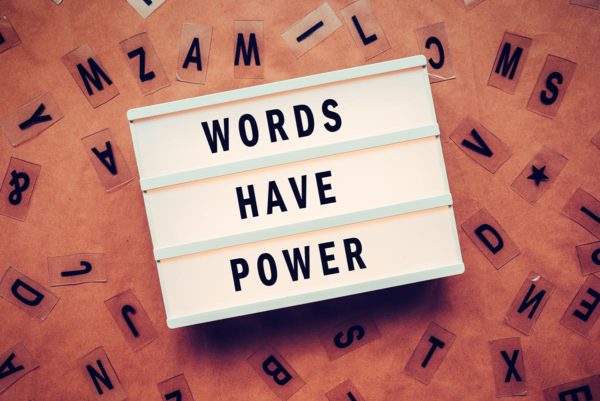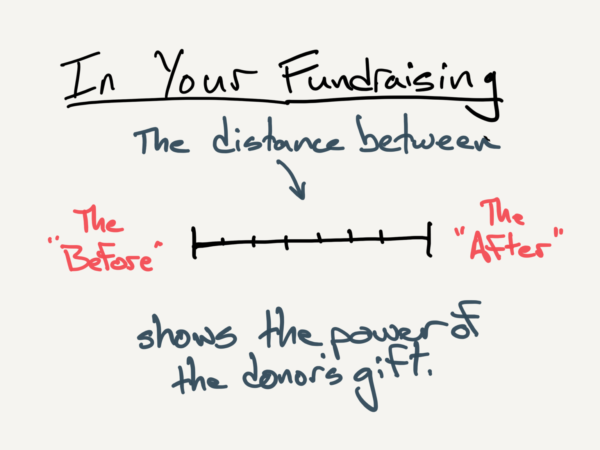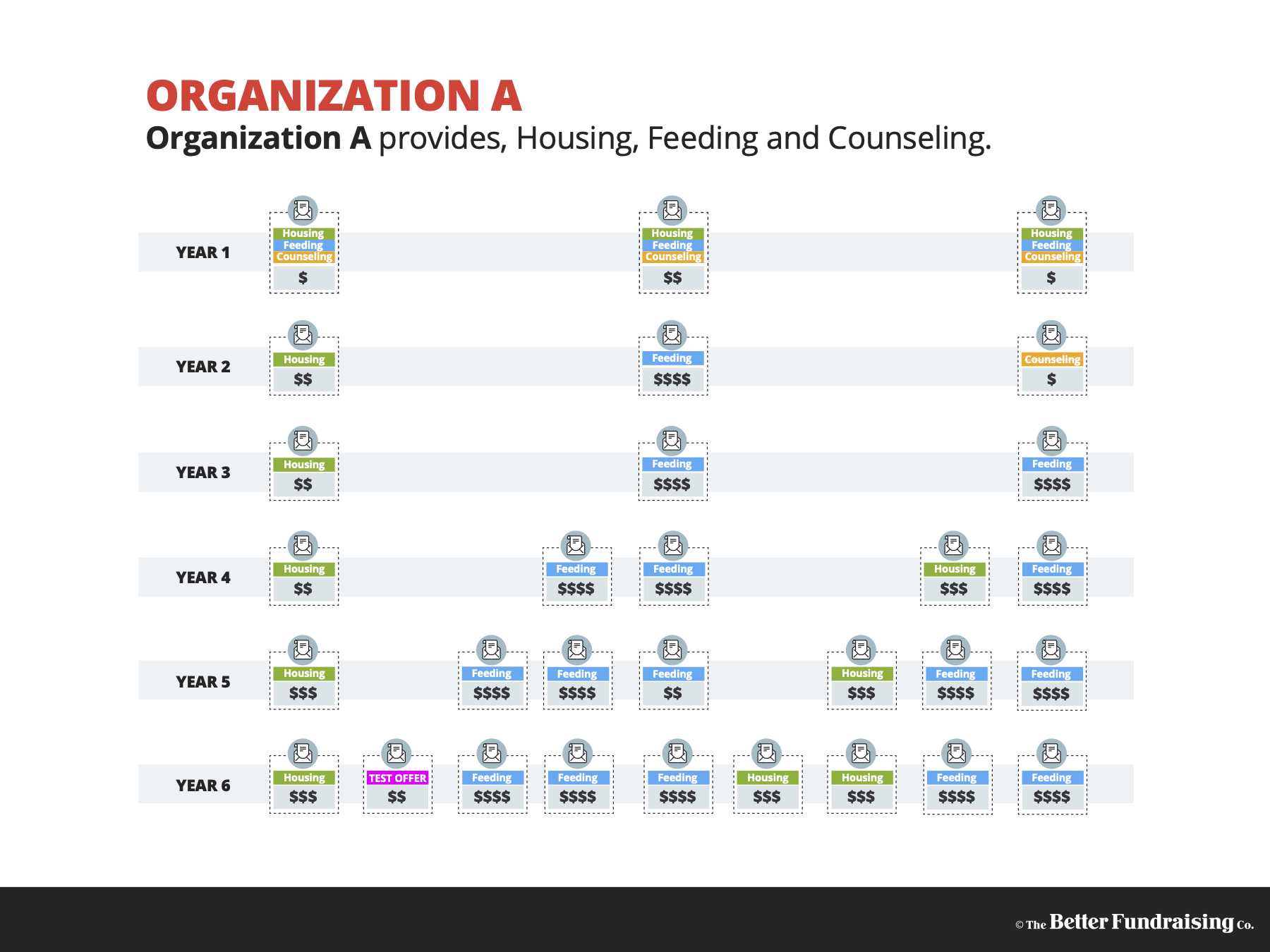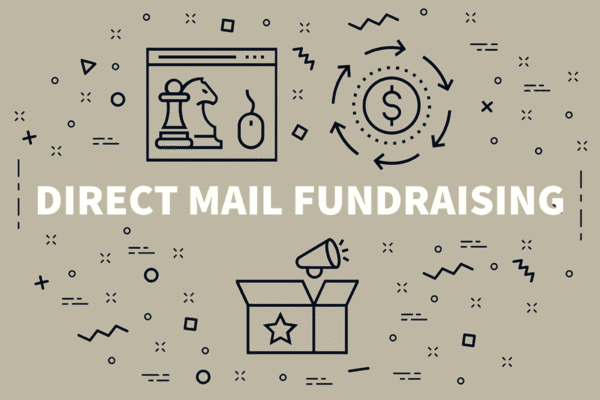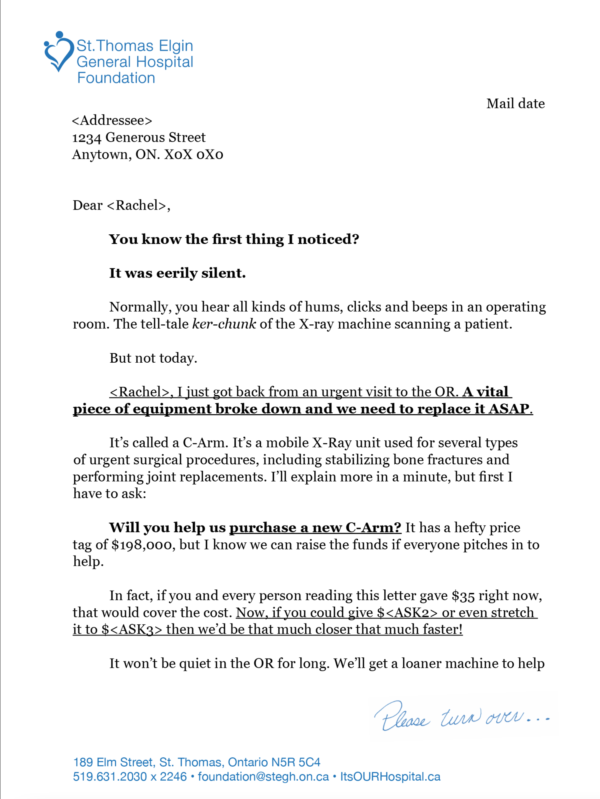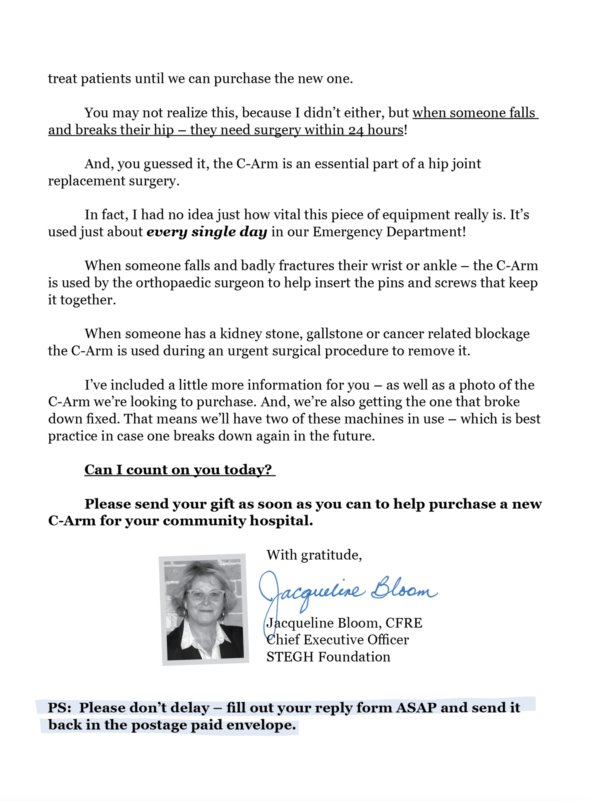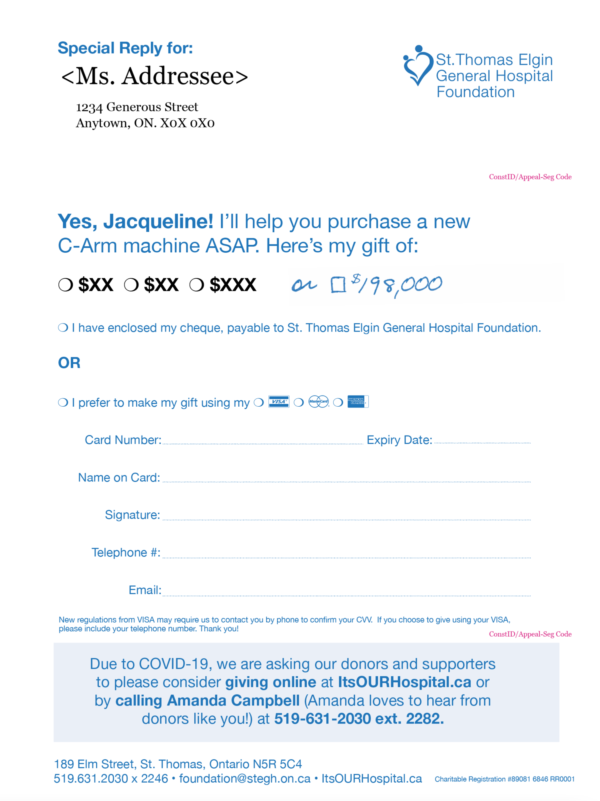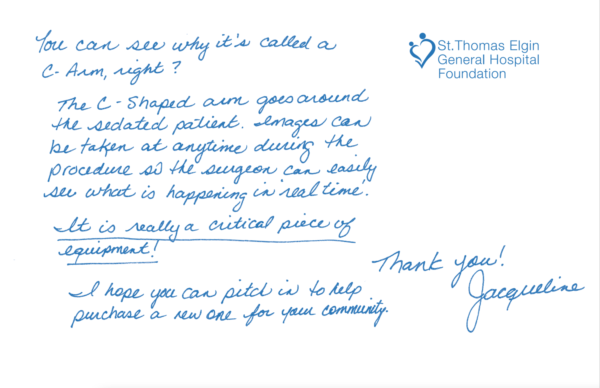Today I’d like to share one of the most powerful fundraising sentences I’ve ever heard.
I’ll show you why it’s so powerful, and how to apply its lessons to supercharge your organization’s direct response fundraising.
Here we go…
It’s one of the most successful fundraising sentences I’ve ever heard:
“You can cure a major disease like Leprosy for just $250 dollars.”
This sentence has three main elements:
- The “before” is that a person has leprosy
- The “after” is that a person will be cured of their leprosy
- The cost is $250
(If you need a refresher on how we use “before” and “after,” read this post or this post.)
Here’s how those elements work together…
- There’s a large contrast between “having leprosy” and “being cured of a dreadful disease.” That’s a big change in a person’s life!
- The cost to cause that big a change seems pretty minimal.
Any time you can show a donor that they can make a big change with a gift, and the cost to “cause the change” seems like a good deal, you’re about to raise a lot of money.
In Your Fundraising
In your fundraising right now, when you tell donors what will happen when they give a gift, does it feel like the donor will cause a big change?
The secret is finding a “before and after” with quite a bit of “distance” between them.
And the good news is that if you describe things well, almost all your “befores and afters” can seem powerful. Here’s a list of examples off the top of my head:
- “You can save an heirloom quilt from mold, moths and being forgotten for just $150.”
- “You can provide a struggling village with a cistern that improves farming results, improves hygiene, lowers sickness and helps a village break the cycle of poverty for just $10,000.”
- “You can help a child with disabilities go from unable to exercise to skiing with a qualified instructor and adaptive equipment for just $50.”
Each of these is a fundraising “offer” (and here’s our free eBook on how to make great offers for your organization).
Your donors care about your beneficiaries and/or your cause. If you can focus their attention on a portion of your work – a “before” and an “after” – that show a big change, and the cost of that change seems like a good deal, you’re on your way to even more fundraising success.

